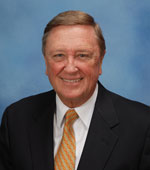 From “Darling to Devil” in the blink of an eye – that’s what happened to the biofuels industry in the past year or so – but better communications on the part of the industry could have helped with the damage control and could still help repair some of the damage done. What’s more, the damage done to biofuels could also happen to other alternative energy products like wind, solar, geothermal, and hydrogen unless communicators implement three important lessons learned from the attack on biofuels. They will be presented by experts in the field at the upcoming Communicating Renewables Summit, April 21-23, 2009 in Minneapolis, MN.
From “Darling to Devil” in the blink of an eye – that’s what happened to the biofuels industry in the past year or so – but better communications on the part of the industry could have helped with the damage control and could still help repair some of the damage done. What’s more, the damage done to biofuels could also happen to other alternative energy products like wind, solar, geothermal, and hydrogen unless communicators implement three important lessons learned from the attack on biofuels. They will be presented by experts in the field at the upcoming Communicating Renewables Summit, April 21-23, 2009 in Minneapolis, MN.
1. Learn to create key messages that resonate with consumers – Suzanne Shelton, President and CEO of The Shelton Group, will tell you “What consumers really think about green.”
2. Unify with “one voice, one message” – Matt Williams, partner in The Martin Agency , will discuss how to ‘green’ your brand from the core to create sustainability efforts that build your brand and differentiate you from your competition.
3. Prepare an Issue Management Plan in advance of attacks – “Crisis Communications vs. Issues Management” will be presented by Eileen Wixted, principal of Wixted, Pope, Nora and Thompson (WPNT).
Become a communications victor, not communications victim at the Communicating Renewables Summit. Register online by March 13th and receive $150 off the early-bird registration rate.



 The new report updates the analysis Purdue University economists Phil Abbott, Chris Hurt and Wally Tyner did just nine months ago for Farm Foundation. That report, released in July 2008, identified three major forces driving food prices: World agricultural commodity consumption exceeding production growth, leading to very low commodity inventories; the decline in value of the U.S. dollar; and the new linkage between energy and agricultural markets.
The new report updates the analysis Purdue University economists Phil Abbott, Chris Hurt and Wally Tyner did just nine months ago for Farm Foundation. That report, released in July 2008, identified three major forces driving food prices: World agricultural commodity consumption exceeding production growth, leading to very low commodity inventories; the decline in value of the U.S. dollar; and the new linkage between energy and agricultural markets.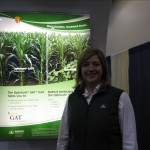
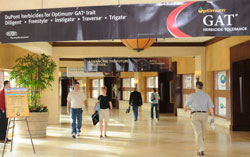 The second trait is the Optimum Acre Max, which provides an insect protection system. These products will be brought to market pending approvals over the next few years.
The second trait is the Optimum Acre Max, which provides an insect protection system. These products will be brought to market pending approvals over the next few years.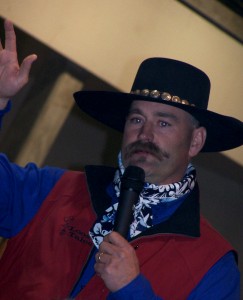 Trent Loos is launching a new contest to feature the best and brightest young people in agriculture. It’s called the “Hot Peppers in Agriculture,” contest, and it calls for tasteful, fun photos that will make food producers “cool” again. Follow-up articles will highlight the interesting lives of farmers and ranchers. Photos can be sent to trent@loostales.com. To support this cause, join the group at facebook.com. Here is an excerpt from his column at
Trent Loos is launching a new contest to feature the best and brightest young people in agriculture. It’s called the “Hot Peppers in Agriculture,” contest, and it calls for tasteful, fun photos that will make food producers “cool” again. Follow-up articles will highlight the interesting lives of farmers and ranchers. Photos can be sent to trent@loostales.com. To support this cause, join the group at facebook.com. Here is an excerpt from his column at  I’m not sure what a “robust” membership drive is but NCBA
I’m not sure what a “robust” membership drive is but NCBA 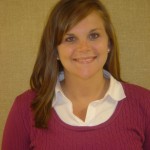 What is it about blogs that are so addicting? Is it the ability to write about whatever your passions are? Is it the opportunity to peak inside the life of someone else? Is it a break from the work routine, a chance to escape and think about something fun? Is it a great way to be informed and meet with others that are interested in the same things as you? Is it a replacement to daily news reports? What is it?
What is it about blogs that are so addicting? Is it the ability to write about whatever your passions are? Is it the opportunity to peak inside the life of someone else? Is it a break from the work routine, a chance to escape and think about something fun? Is it a great way to be informed and meet with others that are interested in the same things as you? Is it a replacement to daily news reports? What is it?